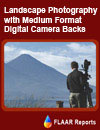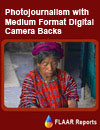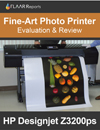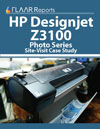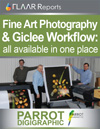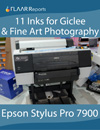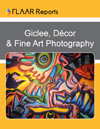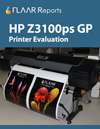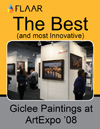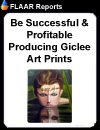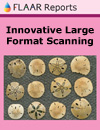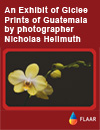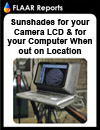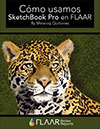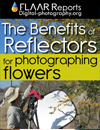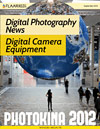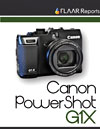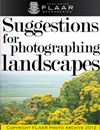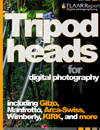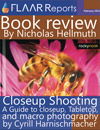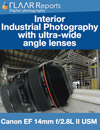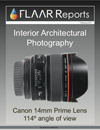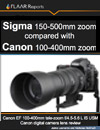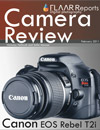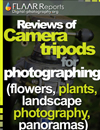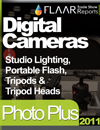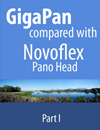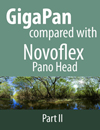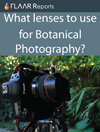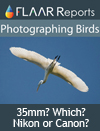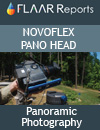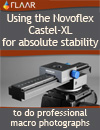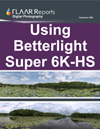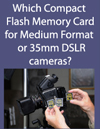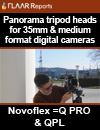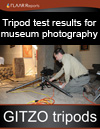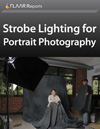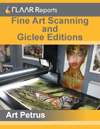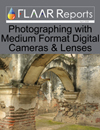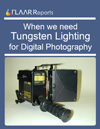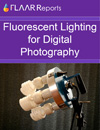Wooden tripods offer a touch of good taste and evoke traditional photography.
Wooden tripods are actually still made today by several companies:
Berlebach tripods from Germany (Berlebach Stativtechnik)
Ries tripods, Keith Soderstrom is a long-time traditional maker of wooden tripods
At the recent PMA photography trade show in Orlando I saw wooden tripods made out of exotic tropical hardwoods. As soon as we have a chance to try them out we will write up our evaluations.
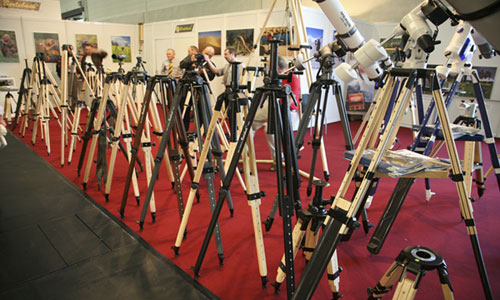 |
| Berlebach tripods. |
Berlebach Stativtechnik
I have seen these Berlebach tripods at two Photokina trade shows in Germany. They always look impressive. Actually I think the first of these tripods that I saw was at a camera dealer's in Florida, where I was impressed by their unusual tripod head system. This kind of design is what you expect from German technology. However since we have three Gitzo tripods and two Ries wooden tripods, and don't have any Berlebach tripods actually in our studios, we can't comment on how they are to actually use them.
Redesigned april 2008, Links added Mar. 2002.
|
Nicholas Hellmuth’s Medium Format Digital Camera InitiativeFor over 40 years Nicholas Hellmuth has used Rolleiflex and Hasselblad cameras to record the flora, fauna, and archaeology of Belize, Guatemala, Honduras, and Mexico. Now for several years he is extending his medium format experience to digital photography. Since FLAAR works both in a studio as well as out on location, we are an ideal focus for judging portability. We have experience with large format digital scan backs (the excellent BetterLight) and we also use Nikon and Canon digital cameras. A full-service digital pro should have at least one medium format digital system and should consider large format digital options as well. Although we started with a Leaf Valeo 22 coupled with a Mamiya 645 AFD body and lenses, we are open to showcasing all bodies as well as other digital backs. Indeed we have tested an Imacon 4-shot back on a Hasselblad H1 body. Then (February 2006 onwards) we are evaluated a MegaVision black-and-white dedicated back for fine art photography. Next we are testing a 33-megapixel Phase One P 30. Since 2008 FLAAR has used a Phase One P25+ (a great way to update an aging Hasselblad ELX body with its excellent Zeiss lenses). Camera resellers or manufacturers who wish to have their cameras, lenses, and backs included in this initiative are welcome to send their equipment for evaluation. FLAAR is the de facto source of information because we have been university based, independent, blunt, and we are one of the few review sources that dares to review advertising specs, advertising claims, and advertising hype. We can afford to reveal all the pros and cons because FLAAR is a research institute. Photographers feel they can trust a university research professor who has devoted years to understanding the pros and cons of each aspect of a digital camera system and workflow. Notice you are not blinded by blinking, flashing, or pesty ads for low-bid camera stores on a FLAAR photography review. I am always amused by a pseudo-review that obviously is simply paid to send you to a camera store. You can download our colorful FLAAR Reports on our medium format digital camera initiative. |
|||||||||||
Free Reports (Inquiry Form)
Additional links of our FLAAR sites |
| Rigid Printable Materials |
| Printing on Glass |
| Sandwich board for recyclable furniture! |
| Metallic Effects |
Free Download Reports
| Home | About Us | Consulting | About FLAAR Reports | Site Map | Privacy Statement | back to top | |||||
|
|||||||||||
www.digital-photography.org is part of the FLAAR network © 2001-2021. If you notice a bad link, missing photos, misspellings, please report to the webmaster: |
|||||||||||




